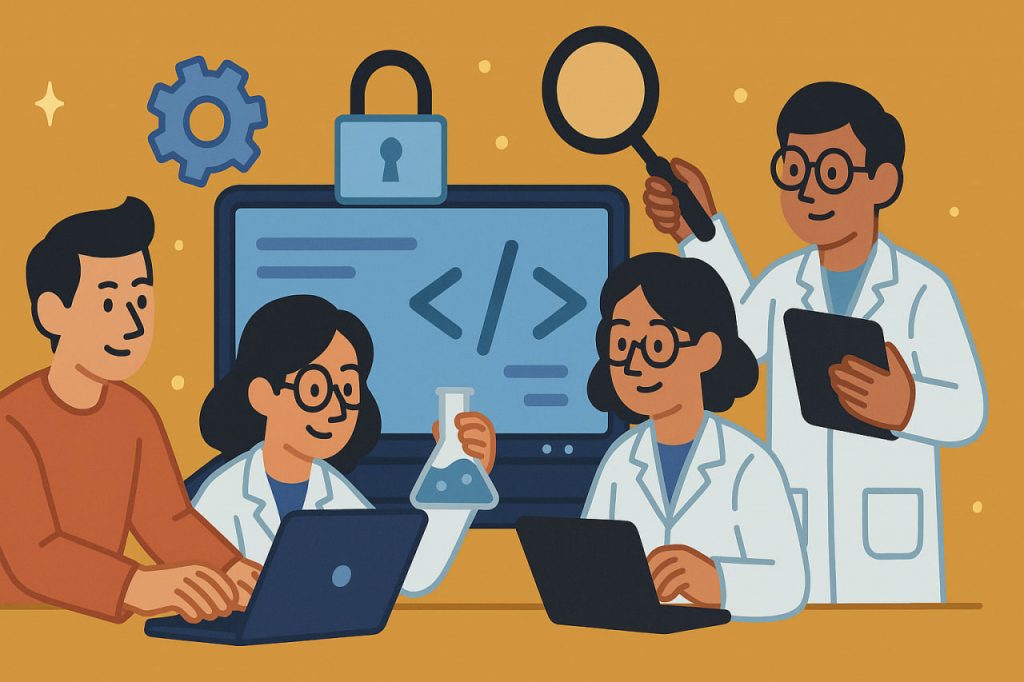Open-source refers to software, data, and technologies that are freely available for anyone to use, modify, and distribute. In science and technology, the open-source model accelerates innovation, reduces costs, and encourages global collaboration.
What Is Open-Source?
Open-source projects provide public access to their source code, designs, or data under licenses that allow modification and redistribution. This approach promotes transparency, reproducibility, and shared problem-solving — all crucial for scientific progress.
Impact on Scientific Research
- Transparency and Reproducibility – Open-source tools allow scientists to verify results and reproduce experiments.
- Collaboration Across Borders – Researchers from different countries can work on the same projects without licensing restrictions.
- Faster Innovation – Shared resources reduce the need to reinvent solutions, speeding up discovery.
- Accessibility – Scientists in developing countries gain access to advanced tools without high costs.
Examples in Science and Technology
- Open-source software: Python, R, and Jupyter Notebooks are standard in data analysis and machine learning.
- Open data: NASA and ESA publish satellite imagery for climate studies and space research.
- Open hardware: Projects like OpenPCR allow affordable DNA analysis equipment.
- Citizen science platforms: Zooniverse and Foldit enable the public to contribute to research.
Advantages of Open-Source
- Reduces costs.
- Encourages community-driven improvements.
- Avoids vendor lock-in.
- Enhances trust through transparency.
Challenges
Despite its benefits, open-source faces obstacles such as lack of funding, cybersecurity risks, and uneven participation. Some projects struggle to find contributors who can maintain and improve the work over time.
The Future of Open-Source in Science
With the rise of cloud computing, AI, and big data, open-source is becoming an essential pillar of research infrastructure. Governments, universities, and private companies are increasingly supporting open science initiatives, making knowledge more accessible and innovation more democratic.
Glossary
- Source code – The human-readable instructions that make up a computer program.
- Open data – Data that anyone can access, use, and share freely.
- Vendor lock-in – Dependence on a single supplier’s products or services.
- Citizen science – Research conducted in whole or in part by amateur scientists.
- Open hardware – Physical devices whose design is publicly shared.


